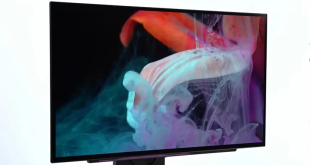As part of its Computex 2025 announcements, AMD has given gamers an early glimpse at the company's next major evolution in FSR technology. Named FSR Redstone, this new iteration aims to introduce new machine learning-based features that will directly compete with Nvidia's DLSS.
While not included in the media pre-briefing, AMD did discuss FSR Redstone a little bit at Computex. Videocardz managed to get hold of the slides, which you can see below:
Although AMD did not provide exhaustive technical specifics for Redstone, the chipmaker emphasised three key machine learning-driven technologies central to its functionality: neural radiance caching, machine learning ray regeneration, and machine learning frame generation. Some of these capabilities might sound familiar, as they are already part of DLSS's suite.
Neural radiance caching, as AMD explains, aims to learn how light reflects within a scene, predicting and caching indirect lighting assets to accelerate path tracing. The machine learning ray regeneration feature is functionally similar to Nvidia's Ray Reconstruction, utilising a trained neural network to restore or regenerate pixels that could not be precisely ray-traced, which should improve the quality of reflections and reduce noise. Finally, FSR Redstone's machine learning frame generation uses an upgraded machine learning model to predict and reconstruct lower-resolution frames to optimise performance and create smoother, clearer inter-frames.
AMD has not committed to a precise date for FSR Redstone's debut, only indicating a release in the latter half of this year.
KitGuru says: Do you think FSR Redstone will allow AMD's upscaling/frame-gen technology to match DLSS?
 KitGuru KitGuru.net – Tech News | Hardware News | Hardware Reviews | IOS | Mobile | Gaming | Graphics Cards
KitGuru KitGuru.net – Tech News | Hardware News | Hardware Reviews | IOS | Mobile | Gaming | Graphics Cards







